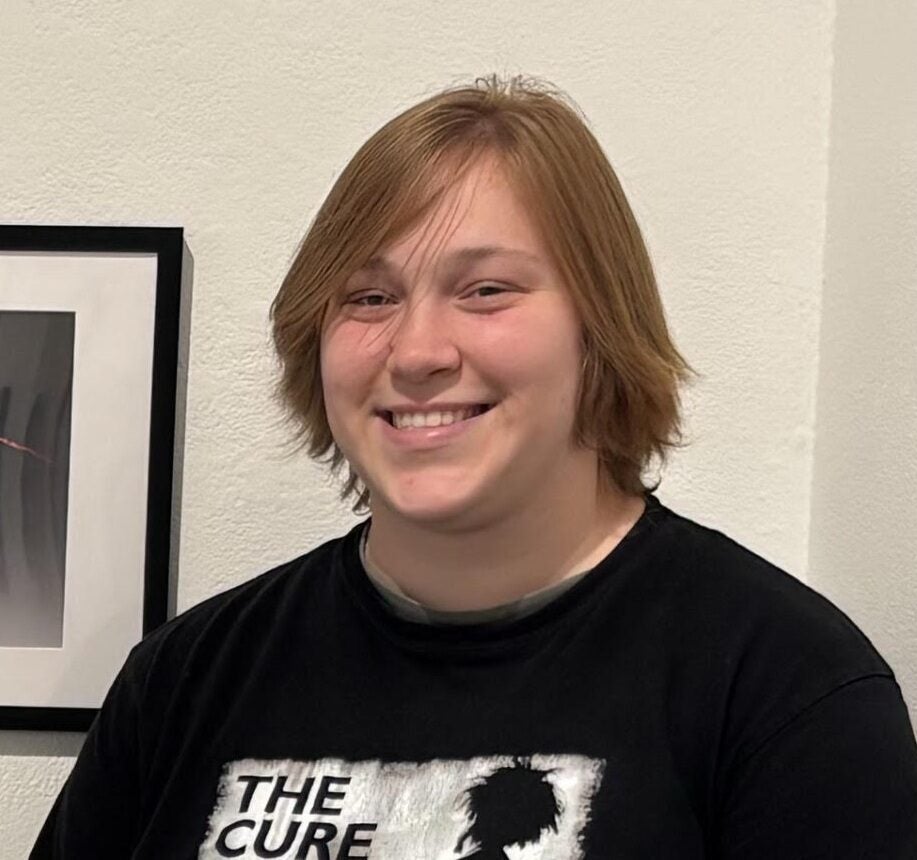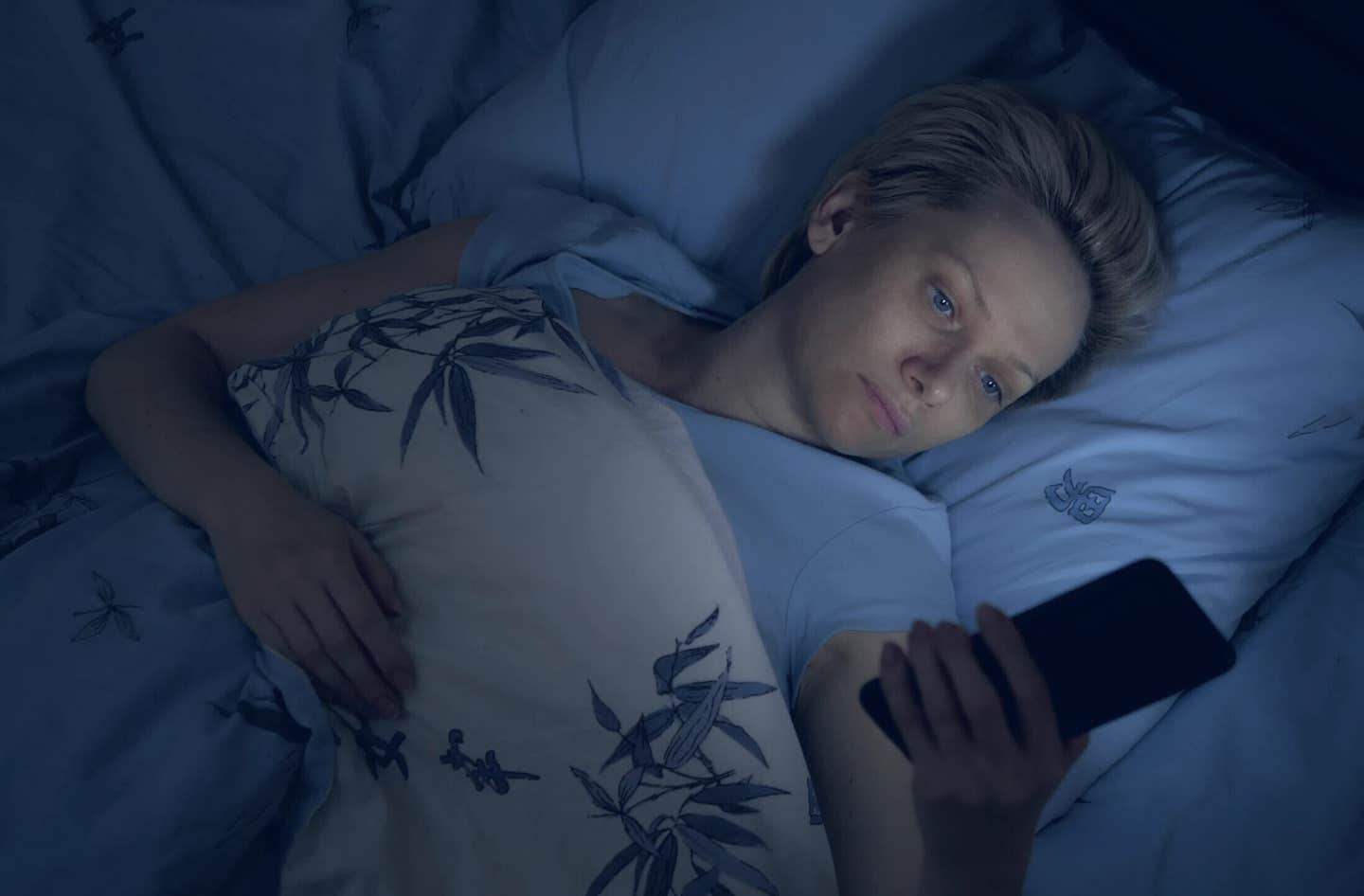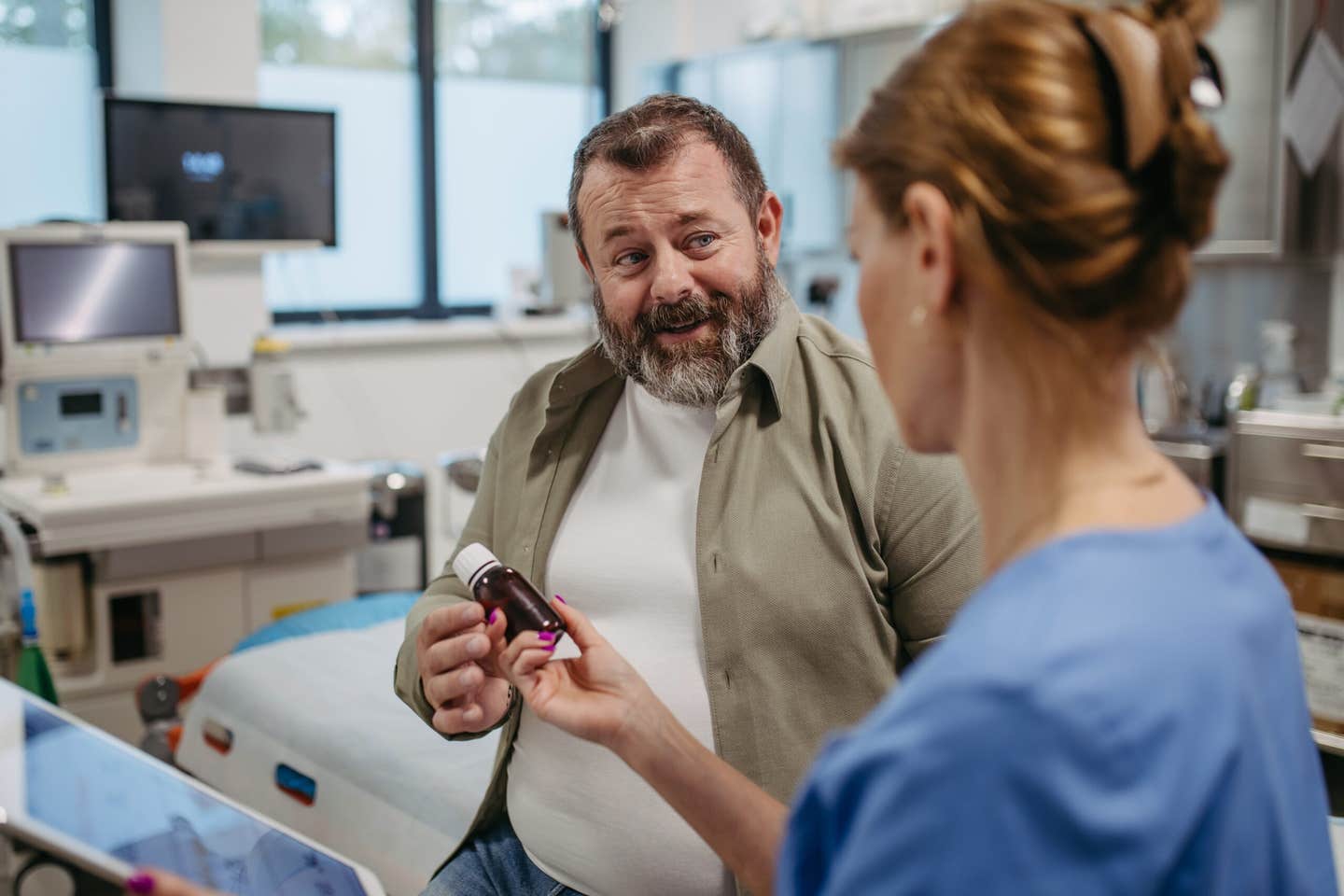The hidden health costs of artificial nighttime light
Neuroscientist Randy J. Nelson reveals how artificial light at night disrupts sleep, mood, immunity, and healing—and how we can fight back.

 Edited By: Joseph Shavit
Edited By: Joseph Shavit

Artificial light at night harms sleep, mood, and health. A leading neuroscientist explains why it matters and what you can do. (CREDIT: Shutterstock)
In a quiet lab nestled in the mountains of West Virginia, one scientist is changing how the world thinks about light. For over a decade, Dr. Randy J. Nelson, Chair of Neuroscience at West Virginia University, has been uncovering the surprising ways artificial light reshapes the brain and body. His work doesn’t just explain why sleep matters. It shows how modern lighting—especially at night—might be a hidden trigger behind rising rates of disease, mood disorders, and poor health.
In a sweeping new interview published in Brain Medicine, Dr. Nelson offers a glimpse into the science behind our body’s internal clock and why keeping it on track could be a life-saver. But this story begins far from any lab bench.
From Factory Floors to Scientific Breakthroughs
Dr. Nelson didn’t follow the usual path to neuroscience. His first jobs were far from glamorous—gutting turkeys on night shifts and assisting with autopsies at two Cleveland hospitals. Those intense experiences, far removed from classrooms and textbooks, became his gateway into human biology.
He landed in California almost by accident, thanks to a job opening at the San Diego Zoo. That unexpected opportunity eventually led to the University of California, San Diego, and then to UC Berkeley. There, he did what no one else in the country had done before: he earned two separate PhDs, one in Psychology and the other in Endocrinology.
"My path to academia is typical in the sense that it is not 'typical,'" he says. That mix of field work, lab training, and firsthand exposure to life and death shaped his curiosity about how living systems work—especially the systems that run on time.
The Dark Side of Artificial Light
Humans evolved under a natural cycle of day and night. But in today’s world, light beams from phones, TVs, and streetlights well after the sun sets. Dr. Nelson's research shows that this isn’t just a lifestyle choice—it’s a biological shock.
His lab found that artificial light at night doesn’t just disturb sleep. It scrambles the circadian system, the internal clock that controls when we sleep, eat, think, and heal. When this system is off, the entire body suffers.
Light at the wrong time can suppress the immune system or cause it to overreact. The result? A higher risk for infection and chronic inflammation. It can also disrupt metabolism, potentially playing a role in the obesity epidemic. And in the brain, mistimed light changes how mood is regulated, deepening symptoms of depression and anxiety.
Some light wavelengths, especially short wavelengths like blue light, are more disruptive than others. But how quickly can the body bounce back from long-term light exposure? That’s still being explored.
Dr. Nelson’s team is also studying how time-of-day affects health outcomes. That includes whether it matters when you take medication, eat, or even get surgery. "The answer to an experimental question may depend in part on the time-of-day when the question is asked," he points out.
Clinical Trials That Could Change Hospitals
While many scientists focus only on the lab, Dr. Nelson pushes to bring his findings into the real world—starting with hospitals. His team is now running clinical trials to see if blocking artificial light can help patients recover faster.
One trial is looking at people recovering from strokes. Another involves patients undergoing major heart surgery. Both groups are vulnerable to harsh lighting in intensive care units, where bright lights never turn off. By adjusting lighting schedules and reducing disruptive wavelengths, his team hopes to help patients heal more naturally.
Another project focuses on healthcare workers. Nurses on night shifts often report poor sleep, mood problems, and memory lapses. To test a possible solution, researchers are using wearable blue light visors to reset their circadian rhythms. Results may guide future treatments for all shift workers—from truck drivers to factory employees.
Time-of-Day Research Could Rewrite the Rulebook
Dr. Nelson believes science must start paying more attention to the clock. Many studies overlook a simple fact: biological systems act differently depending on the time. A drug that works well in the morning might have weaker—or even harmful—effects at night.
Yet most studies don’t mention what time tests were done. This oversight could explain why some experiments fail when other scientists try to repeat them. If research doesn’t control for timing, results may vary widely. As a strong advocate for experimental accuracy, Dr. Nelson calls on journals, funders, and labs to treat time-of-day as a basic research variable—just like temperature or dosage.
Supporting the Next Generation
Beyond his lab, Dr. Nelson also leads efforts to improve neuroscience training nationwide. As President of the Association of Medical School Neuroscience Department Chairs, he supports young scientists just starting out. He’s especially focused on helping new faculty get resources, mentoring, and time to do the kind of creative work that defined his own career.
He also sees mental health support as part of the mission. Graduate students and postdoctoral researchers face long hours and irregular schedules—sometimes studying circadian rhythms while ignoring their own. Dr. Nelson hopes that better institutional support, including more predictable work-life patterns, will help protect their well-being.
Living in Sync with the Sun
So what can everyday people do with this knowledge? Plenty. Dr. Nelson’s findings suggest simple habits that could greatly improve your health. Start by dimming lights after sunset. Avoid screens an hour before bed. Use warmer, reddish light tones at night, and try to go to bed and wake up at the same time every day. Even small changes—like using blackout curtains or stepping into natural light in the morning—can help realign your internal clock.
Aligning your life more closely with natural light cycles isn’t just about sleep. It’s a way to boost mood, reduce inflammation, support your metabolism, and possibly even prevent chronic disease.
To help the public understand these ideas, Dr. Nelson recently published Dark Matters, a book with Oxford University Press. It translates years of lab research into practical guidance for healthy living. His message is clear: biological time matters, and light shapes more than we know.
Research findings are available online in the journal Brain Medicine.
Related Stories
- New technology enables smartwatches to detect depression
- Good sleep habits are important for overweight adults, study finds
- Scientists identify the optimal sleep temperature for healing and renewal
Like these kind of feel good stories? Get The Brighter Side of News' newsletter.
Mac Oliveau
Science & Technology Writer
Mac Oliveau is a Los Angeles–based science and technology journalist for The Brighter Side of News, an online publication focused on uplifting, transformative stories from around the globe. Passionate about spotlighting groundbreaking discoveries and innovations, Mac covers a broad spectrum of topics—from medical breakthroughs and artificial intelligence to green tech and archeology. With a talent for making complex science clear and compelling, they connect readers to the advancements shaping a brighter, more hopeful future.



